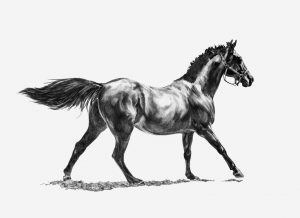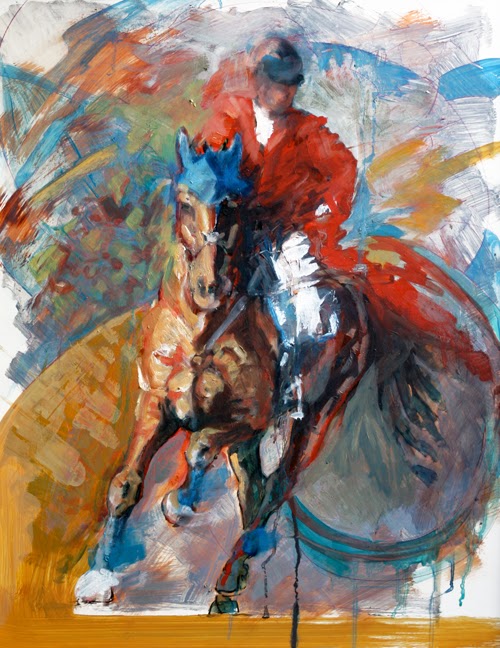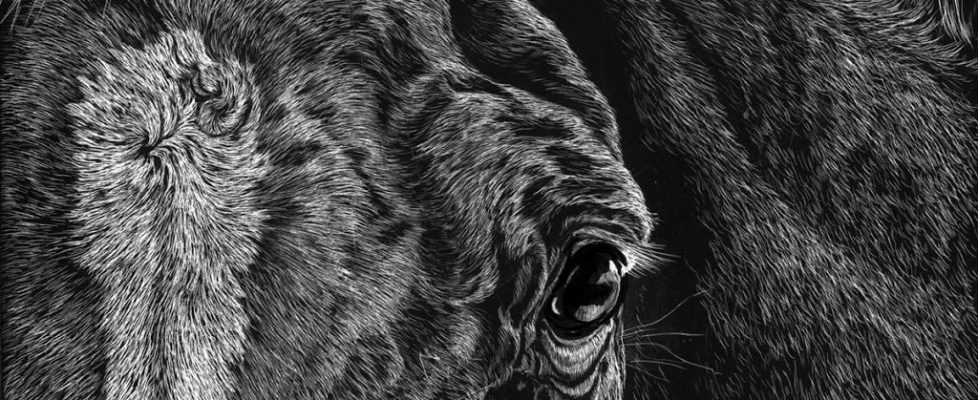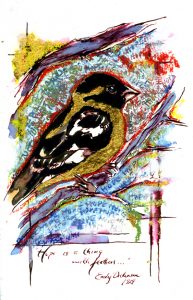Van Gogh’s expense report? Rembrandt’s record keeping? Sargent’s sales tax exempt form?
As a professional artist, I was expecting a wildly unconventional life of paint slinging, absinthe drinking, bohemian- inspired wanderings, midnight oil burning, and international jet setting. No, that’s not true. What I anticipated from a career as an artist was a great deal of hard work, some wins and a lot of failures, the ability to professionally present myself and my art, quality contacts, supportive fellow artists, lots of museum visiting and book reading, long nights with tight deadlines, and a moderate level of success. That’s what I studied for, prepared for, and signed up for. Thankfully, due to a stellar college education, some aptitude for art and a lot of support from fellow creatives, it’s mostly what I have, and I’m very grateful for it. But do you know the one thing they don’t talk about in art school? The paperwork. Creating and running an art business isn’t just about putting in the work in front of the easel. It’s not even about the packing and shipping and arranging and contracting and marketing and invoicing. It’s about record keeping.
When did I create that piece? What are the dimensions? When did it sell? Who bought it, and for how much? When was it last exhibited? WHERE IS IT??? These are all questions I was confronted with over the past few days. Thankfully, due to a mostly cobbled together but kinda-sorta quasi effective record keeping system, I was able to answer most of them with a minimum of hand wringing and teeth gnashing. (The unanswered one is enough to send my blood pressure skyrocketing, so we’ll just let that be.) But as I huddled in front of my computer, poring through excel spreadsheets, old emails, CVs and invoices, that little nagging voice in my ear kept reminding me that this wasn’t necessarily what I expected when I decided to pursue a professional art career.
Naïve, huh? Yeah, maybe. Surprising? Not really. I am glad that my college required all Illustration majors to take a semester of art business management, which basically boiled down to
1) don’t get screwed on illustration contract negotiations, and 2) always pay your taxes. Although not terribly in depth, this is still more than many BFA programs offer, and I am grateful for it. However, I do wish they had devoted a little more attention to setting up an effective record keeping system for the artwork produced over your career, especially if you don’t work with a rep or gallery. (I also wished for a pony most of my life, and I got that, so what’s the harm in asking???)
Being a Libra, I’m told I’m keenly sensitive to aesthetics and like for things to be beautifully and artistically organized, but in real life I seem to be perennially accompanied by a miniature hurricane. My desk is currently covered with receipts (have to file those), reference photos (have to file those too), sketchbooks, various mark making tools, a few tubes of paint, extra computer cables, flash drives (because mine tend to go on walkabout without me), a few semi important banking things (filed in the “to be filed” pile), and a giant stuffed stingray, but he’s only there for moral support. After a few hours of filing, categorizing, searching, and organizing, the desk is cleaner, but my mind is spinning. There HAS to be a better way to do this, right?
Excel spreadsheets, file folders, a new online invoicing system (thank you, Freshbooks!), a sadly defunct painting inventory software program, digital asset libraries, multiple mailing lists, a pile of press articles, advertising and magazine mentions, print edition records, a few hard drives… it’s enough to make any sane person insane. Part of my goal this year is to once and for all nail down all these disparate items into one cohesive system, one that’s devoted to running Moose Pants Studio like a super successful mega company, even if right now we’re only a very small, moderately successful company. Paperwork, digital asset management, and record keeping is not my forte, but I’m coming to realize that it’s almost as important as putting paintbrush to canvas and producing the work. Intelligently managed, your artwork can have a very successful and lucrative life after you create it, but only if you can stay on top of the organization. Sometimes applying the finishing brushstroke turns out to be just
the beginning of a piece, and not the end.
Do you have any successful art managing tips you’d like to share? I’d love to hear from you!









































